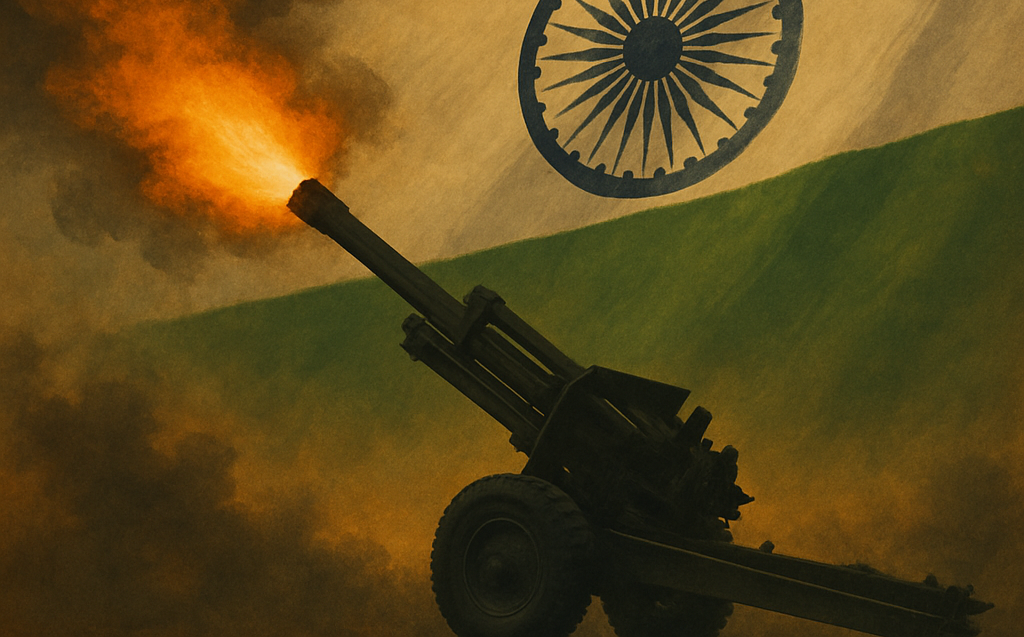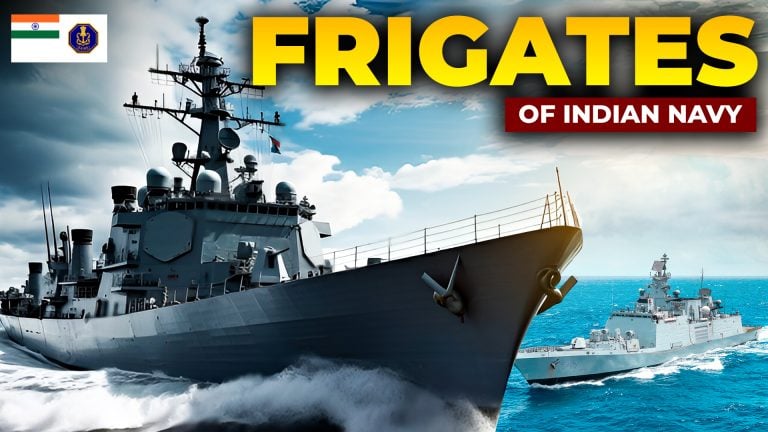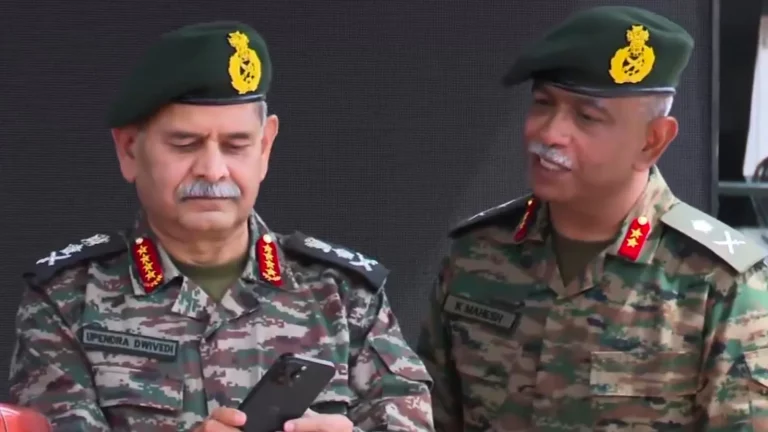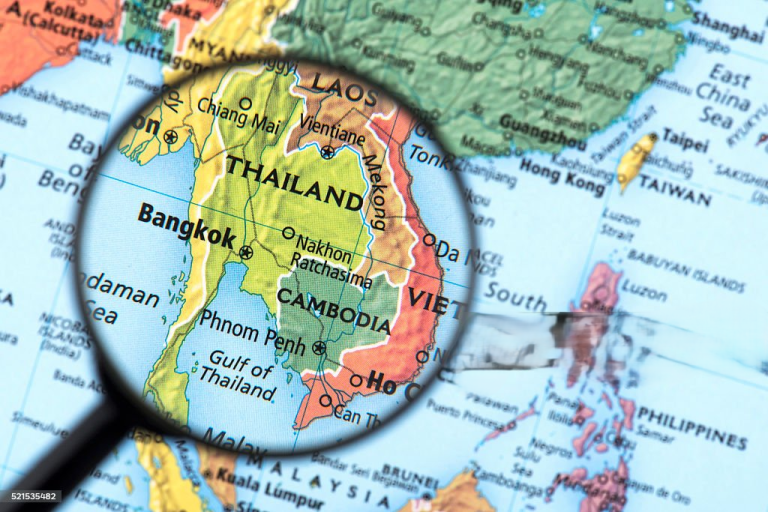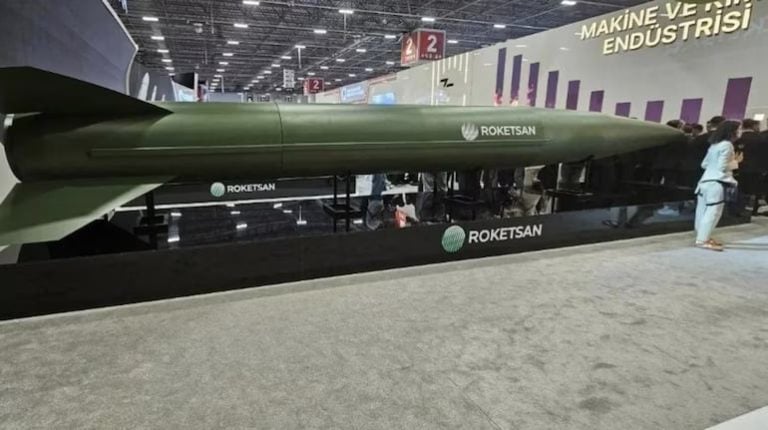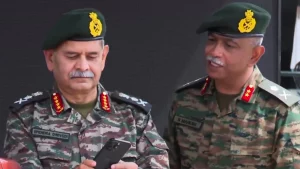The 21-gun salute is globally recognized as the highest military honor, signifying utmost respect for heads of state and honoring fallen heroes. In India, this tradition is deeply embedded in national ceremonies and tributes to martyrs who sacrificed their lives for the country. The custom of firing 21 shots carries historical significance, rich symbolism, and a revered tradition.
The origins of the 21-gun salute can be traced back to the Age of Sail, when warships would fire their cannons upon entering friendly ports to demonstrate that their weapons were unloaded and they posed no threat. The tradition began with a practice of firing seven shots from a ship, which would be met with three shots from coastal forts, leading to a total of 21 shots. This symbolic combination—a mystical seven paired with a completeness represented by three—has evolved over centuries into today’s respectful gesture.
By the early 19th century, the 21-gun salute was standardized in Britain as an official honor for royalty, and similar regulations were implemented in the US, formalizing the salute for presidential honors. By the late 1800s, it became the recognized international salute for leaders and flags, signifying a powerful global tradition.
In India, the 21-gun salute represents national pride and is key to ceremonial events. Every Republic Day, the President of India unfurls the tricolor while artillery fire reverberates through the air—seven guns firing three rounds each in perfect synchrony with the national anthem. The salute emphasizes not only the honor given to the President and visiting heads of state but also symbolizes unity and respect within the nation.
The number 21 is significant for various reasons. Mathematically, it is derived from 3 multiplied by 7, both numbers connoting good fortune and completeness in various cultures and traditions. The practice of keeping the total odd is rooted in the belief that even numbers are unlucky, reinforcing the notion that 21 serves as the ultimate tribute to national pride and sacrifice.
Today, the protocols surrounding the 21-gun salute are meticulously defined. It is reserved for key occasions, including Republic Day, state visits by foreign dignitaries, and state funerals for top leaders. For instance, during such occasions, blank cartridges are fired from artillery pieces, instilling a sense of grandeur and solemnity.
It is crucial to distinguish the 21-gun salute from the three-volley salute, which is carried out at military funerals by a rifle party. While the latter is a more personal tribute during a soldier’s service, the 21-gun salute is a broader expression of honor extended to the highest echelons of leadership and sacrifice.
The emotional impact of the 21-gun salute cannot be overstated. The thunderous booms resonate deeply, reminding the nation of its heroes. Memorial services for figures like Captain Vikram Batra, a celebrated Kargil war hero, showcase how such tributes instill pride among citizens. Participants in these events often chant patriotic slogans, transforming moments of grief into expressions of national pride and unity.
Globally, variations of gun salutes can be found, reflecting different protocols based on rank and occasion. For instance, in India, a 17-gun salute is granted to the Vice President and other significant officials, while different numbers are prescribed in other countries based on the military or diplomatic rank of individuals.
Ultimately, the 21-gun salute transcends ritual. It serves as a resounding “thank you” from a grateful nation to its heroes, encapsulating respect, honor, and remembrance in a single thunderous display. As this practice continues, it remains a powerful reminder of sacrifice and national identity, embodying the shared values of gratitude and honor within society.
